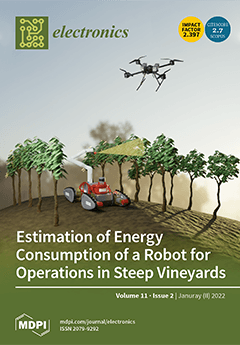In the development of radiofrequency fingerprinting (RFF), one of the major challenges is to extract subtle and robust features from transmitted signals of wireless devices to be used in accurate identification of possible threats to the wireless network. To overcome this challenge, the
[...] Read more.
In the development of radiofrequency fingerprinting (RFF), one of the major challenges is to extract subtle and robust features from transmitted signals of wireless devices to be used in accurate identification of possible threats to the wireless network. To overcome this challenge, the use of the transient region of the transmitted signals could be one of the best options. For an efficient transient-based RFF, it is also necessary to accurately and precisely estimate the transient region of the signal. Here, the most important difficulty can be attributed to the detection of the transient starting point. Thus, several methods have been developed to detect transient start in the literature. Among them, the energy criterion method based on the instantaneous amplitude characteristics (EC-
) was shown to be superior in a recent study. The study reported the performance of the EC-
method for a set of Wi-Fi signals captured from a particular Wi-Fi device brand. However, since the transient pattern varies according to the type of wireless device, the device diversity needs to be increased to achieve more reliable results. Therefore, this study is aimed at assessing the efficiency of the EC-
method across a large set of Wi-Fi signals captured from various Wi-Fi devices for the first time. To this end, Wi-Fi signals are first captured from smartphones of five brands, for a wide range of signal-to-noise ratio (SNR) values defined as low (−3 to 5 dB), medium (5 to 15 dB), and high (15 to 30 dB). Then, the performance of the EC-
method and well-known methods was comparatively assessed, and the efficiency of the EC-
method was verified in terms of detection accuracy.
Full article





